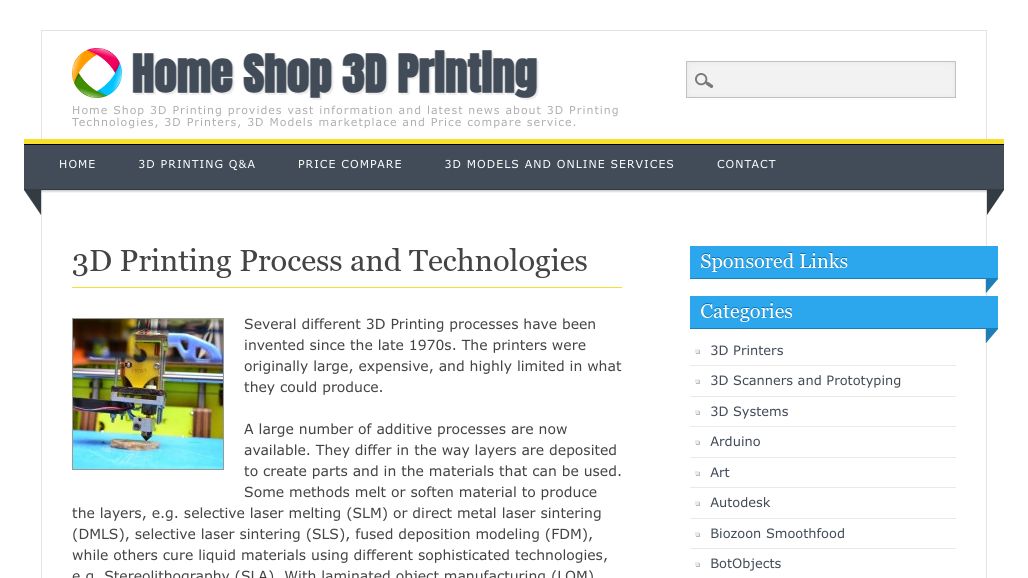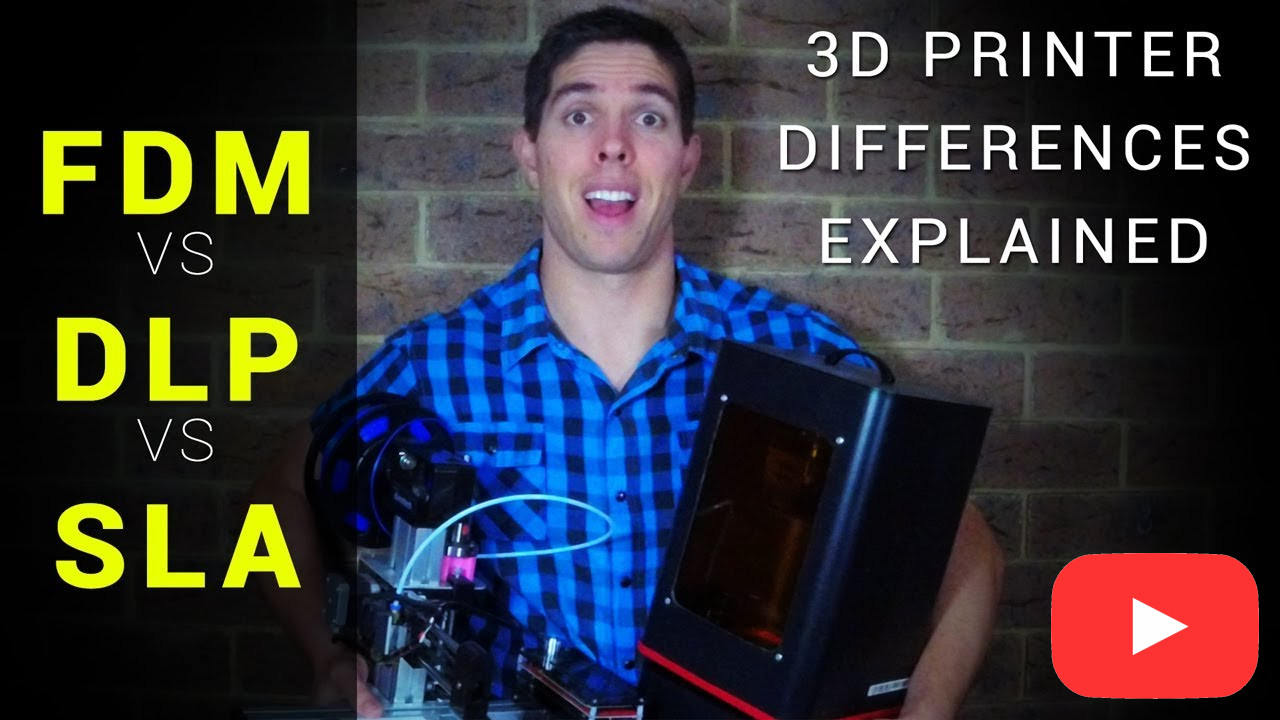- Things to consider…*
: Who will be using the printer? : Will the students be running the printer themselves, or will it be accessible only to staff? Younger children and exposed moving parts are not a good mix.
3D printers are built either within a box, enclosing most of the moving parts, or open-frame, where everything is exposed, including pinch points.
: Portability : A few printers are designed to be carried from one place to another and include a built in handle. Most 3D printers work best if set up on a sturdy surface and left there. Do you have a dedicated space or cart for the printer and supplies?
: Print Size : What will you be printing? Most items will be under 4″ or 100 mm. However, some projects may require larger parts, e.g., the arm for a balance beam scale. Sort out how you’ll use the printer and the size you’ll need before making a purchase decision.
: Filament Size : Most 3D printers create objects using spools of plastic filament. Choose the printer that uses the smaller 1.75 mm diameter filament. The smaller filament runs thru the print head faster, reducing the chance of a clog. As filament spools are sold by weight and not by length, a 1kg spool will give you the same number of prints no matter what the diameter.
: Filament Brand : A good quality plastic filament can make or break a printer. Different printers work slightly differently, and filaments that work great in one printer may fail and jam miserably in another. When starting out, use a brand recommended by the printer manufacturer, even if it’s a few dollars more.
: Supplies : In addition to the printer & filament, you will need some simple tools, and a computer to create the print files and possibly run the printer. An inexpensive set of tweezers and a set of small files from Harbor Freight will make your life easier.






